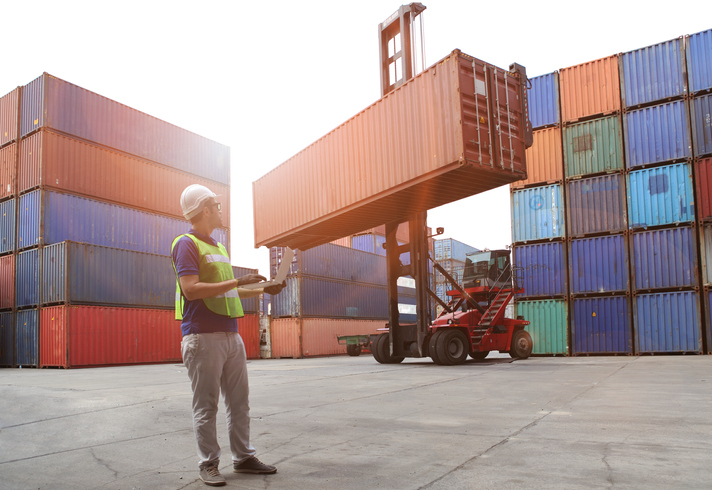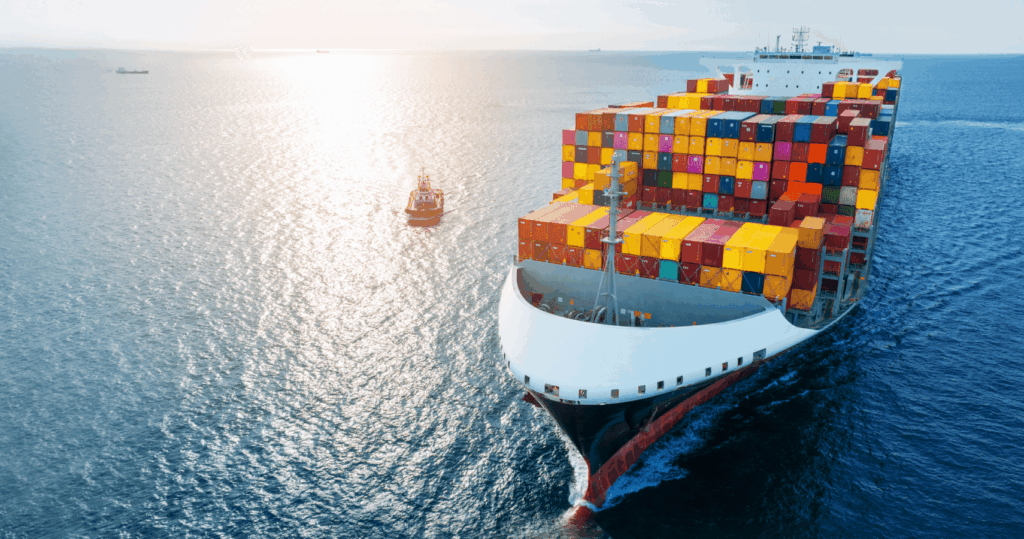Shipping from China is essential for global trade, but many importers struggle to answer one key question: how much does shipping from China cost? Prices vary significantly depending on transport mode, container type, destination, and customs requirements. However, with careful planning, importers can forecast costs, minimize delays, and make informed logistics choices. This guide explains freight methods, rates, customs, real-world cases, and practical solutions.
What Shipping Methods Are Available from China?
Importers can choose sea, air, rail, courier, or door-to-door shipping. Each has its own benefits and limitations.
| Method | Average Transit Time | Average Cost | Best For | Pros | Cons |
|---|---|---|---|---|---|
| Sea Freight (FCL) | 30–40 days | $2,000–$6,000 per container | Bulk cargo | Lowest unit cost | Slow, port congestion |
| Sea Freight (LCL) | 32–42 days | $80–$120 per CBM | Small shipments | Flexible, affordable upfront | Cargo mixing risks |
| Air Freight | 5–10 days | $5–$10 per kg | Urgent goods | Fast, reliable | High price |
| Rail Freight | 18–25 days | $3,000–$5,000 per 20GP | Medium loads | Balanced cost/time | Limited routes |
| Courier (DHL/UPS/FedEx) | 5–12 days | $8–$15 per kg | E-commerce | Simple, door-to-door | Expensive for bulk |
Key Takeaways:
- Sea freight dominates global trade due to cost efficiency.
- Air freight ensures speed but is costly.
- Rail freight offers a middle ground for European routes.
- Couriers serve small parcels and e-commerce effectively.
How Much Does Sea Freight from China Cost?
Sea freight is the cheapest per-unit option, especially for container loads.
| Container Size | Asia–Europe (USD) | Asia–US West Coast (USD) | Asia–Africa (USD) |
|---|---|---|---|
| 20GP | $2,300–$3,100 | $2,700–$3,500 | $3,800–$4,500 |
| 40GP | $4,500–$5,600 | $5,200–$6,200 | $7,000–$7,800 |
| 40HQ | $4,700–$6,000 | $5,500–$6,800 | $7,200–$8,200 |
Key Insights:
- Sea freight rates vary by route and season.
- Full container loads (FCL) lower per-unit costs significantly.
- Additional charges (fuel, peak season) can increase expenses.
How Much Does Air Freight from China Cost?
Air freight is charged by actual or volumetric weight, whichever is higher.
| Weight Range | Average Rate (USD/kg) | Transit Time |
|---|---|---|
| 100–300 kg | $5.5–$7.0 | 6–9 days |
| 300–500 kg | $5.0–$6.2 | 6–8 days |
| 500+ kg | $4.5–$5.8 | 5–7 days |
Why Importers Choose Air Freight:
- Launching new products quickly
- Protecting fragile, high-value items
- Meeting strict retail deadlines
How Much Does Rail Freight from China Cost?
Rail freight connects China with Europe via several corridors.
| Route | Container Size | Cost (USD) | Transit Time |
|---|---|---|---|
| Xi’an → Duisburg | 20GP | $3,400 | 20–22 days |
| Chongqing → Warsaw | 40HQ | $5,800 | 22–25 days |
| Zhengzhou → Hamburg | 20GP | $3,600 | 21–23 days |
Analysis:
- Rail cuts transit time nearly in half compared to sea freight.
- Costs are 30–50% lower than air.
- Limited to Europe; not available worldwide.
How Do Customs and Duties Affect Costs?
Customs fees, duties, and taxes significantly impact total landed costs:
- Import Duties: Based on HS Code and trade agreements.
- VAT/GST: Applied in most destinations (e.g., EU 21%, UK 20%).
- Customs Brokerage Fees: $100–$300 depending on complexity.
- Additional Charges: Fumigation, inspections, or special permits.
👉 Importers should calculate these in advance to avoid budget surprises.
Which Documents Are Required for Importing from China?
| Document | Purpose |
|---|---|
| Commercial Invoice | Declares value for customs clearance |
| Packing List | Details quantity, weight, and dimensions |
| Bill of Lading / Air Waybill | Acts as contract of carriage |
| Certificate of Origin | Confirms manufacturing country |
| Import Declaration | Required for customs entry |
| HS Codes | Defines tariff classification |
| Insurance Certificate | Protects against cargo loss |
Real Case Studies of Shipping Costs from China
Case 1 – Sea Freight (FCL)
- Route: Shanghai → Los Angeles
- Cargo: 1x40HQ furniture
- Cost: $5,700
- Transit Time: 33 days
- Mode: Sea Freight
- Result: Best unit cost for bulky cargo
Case 2 – Air Freight (Urgent)
- Route: Shenzhen → Frankfurt Airport
- Cargo: 600kg electronics
- Cost: $3,200
- Transit Time: 7 days
- Mode: Air Freight
- Result: Higher cost, but enabled on-time product launch

What Are the Pros and Cons of Each Shipping Method?
| Mode | Pros | Cons |
|---|---|---|
| Sea Freight | Cheapest per unit, high capacity | Long transit times |
| Air Freight | Fastest, reliable | Expensive |
| Rail Freight | Balanced cost/time | Limited to Europe |
| Courier | Simple, trackable | Costly for bulk cargo |
📌Quick Note: Each mode is suitable for different priorities—cost, speed, or convenience.
Can Incoterms Influence Shipping Costs?
Incoterms define responsibilities between buyer and seller, which directly affects total cost:
- FOB: Buyer covers main freight, seller handles origin charges.
- CIF: Seller pays freight and insurance, buyer pays duties/taxes.
- DDP: Seller covers everything until buyer’s door.
👉 Choosing the right Incoterm avoids disputes and unexpected cost exposure.
Should Businesses Work with Freight Forwarders?
Freight forwarders manage the entire logistics process. They help importers by:
- Negotiating competitive freight rates
- Coordinating suppliers and carriers
- Handling customs clearance
- Reducing risks of errors or delays
- Providing expertise and supply chain visibility
Conclusion
Understanding how much shipping from China cost is crucial for importers worldwide. Sea freight offers the lowest per-unit cost, air ensures rapid delivery, and rail balances speed with affordability. Customs, duties, and Incoterms significantly shape the final price. Real case studies demonstrate how choices affect time and budget. Partnering with freight forwarders adds expertise and efficiency, helping businesses achieve smoother, cost-effective logistics.
- Consult TJ China Freight Forwarding for the lowest quote. They will provide you with reliable, cost-effective service.
FAQs
Q1.How can I estimate LCL sea freight costs from China to the USA?
LCL sea freight from China to the USA usually costs $80–$120/CBM, depending on route and seasonal surcharges.
Q2.What factors increase air freight costs from China to Europe?
Air freight costs from China to Europe rise due to urgent delivery, oversized cargo, hazardous goods, and peak seasons.
Q3.Do Incoterms like DDP affect shipping costs from China?
DDP shipping from China includes duties and taxes, while FOB shifts responsibility to buyers and CIF covers insurance.
Q4.What are typical customs clearance fees when importing from China?
Customs clearance fees for imports from China typically range $100–$300 per shipment, depending on port and documentation.
Q5.How can small businesses reduce shipping costs from China?
Small importers reduce China shipping costs by using LCL sea freight, rail instead of air, and consolidating cargo.





